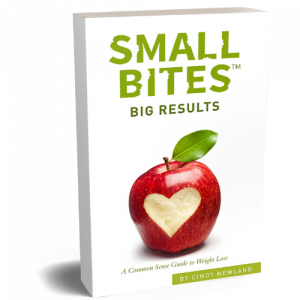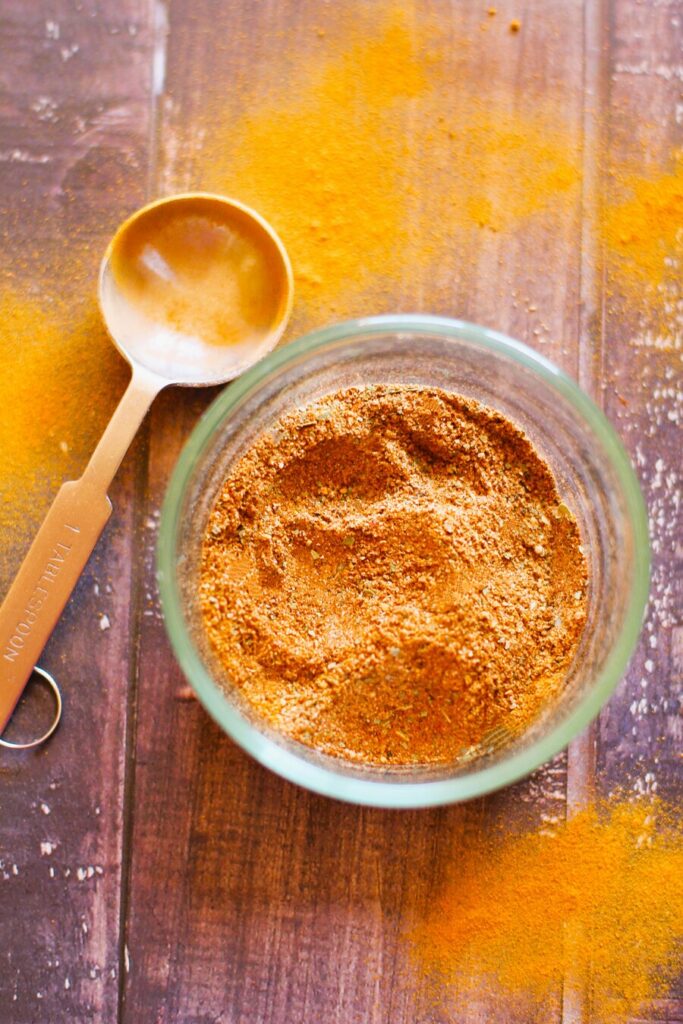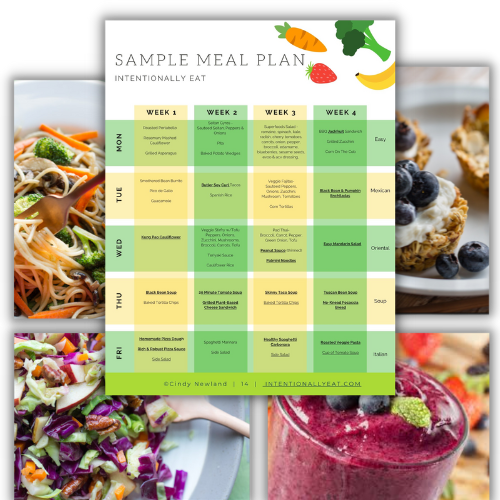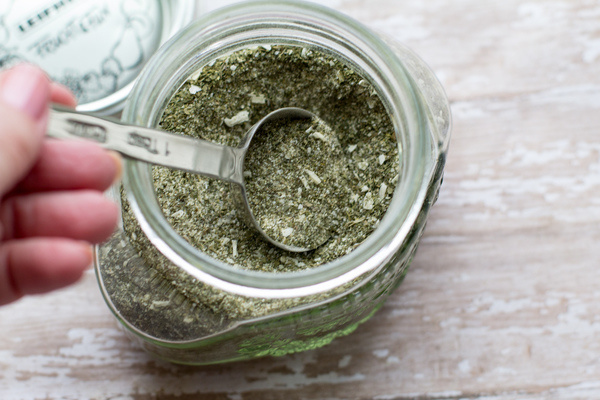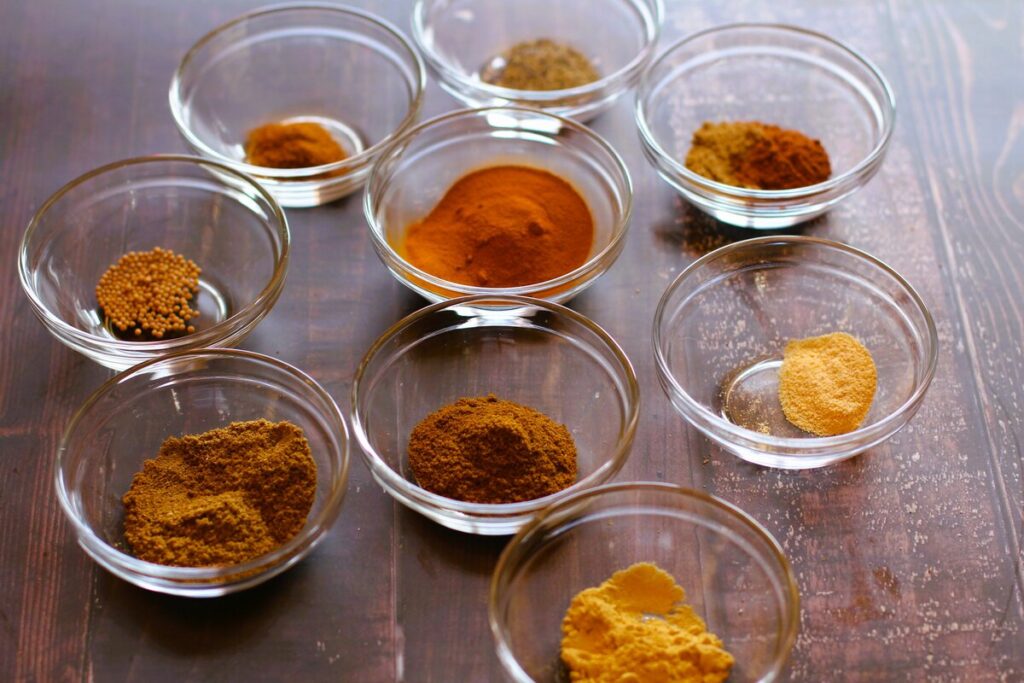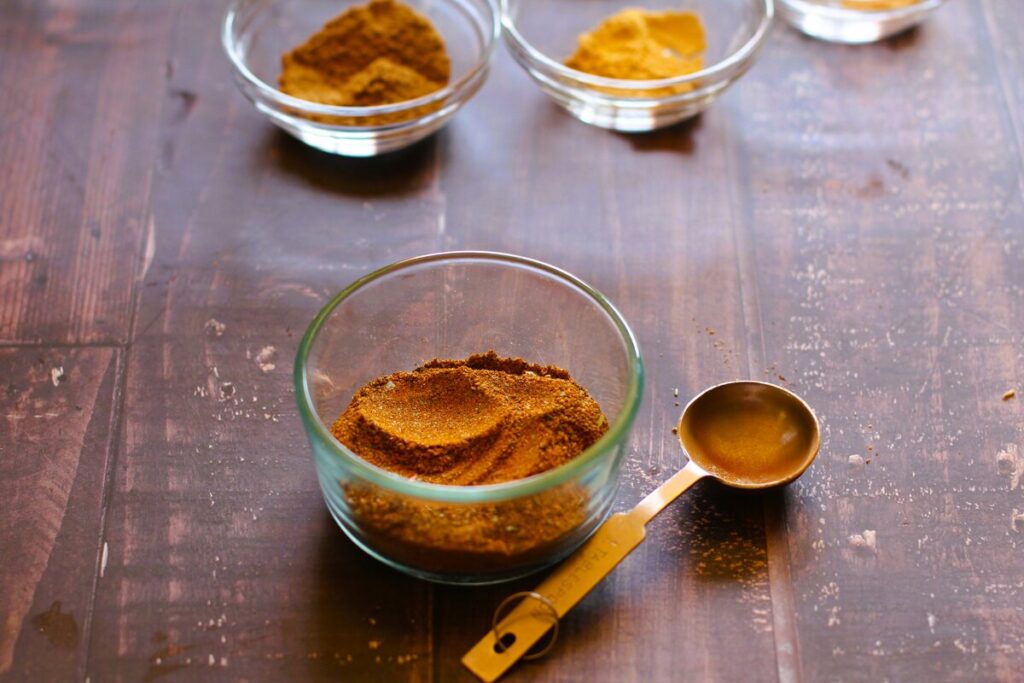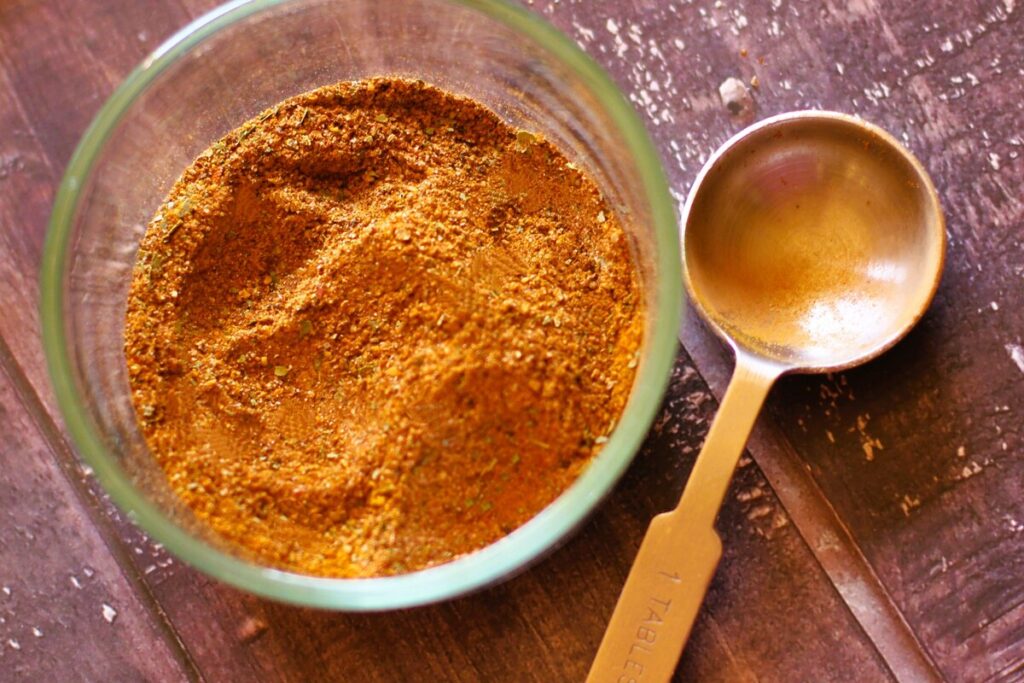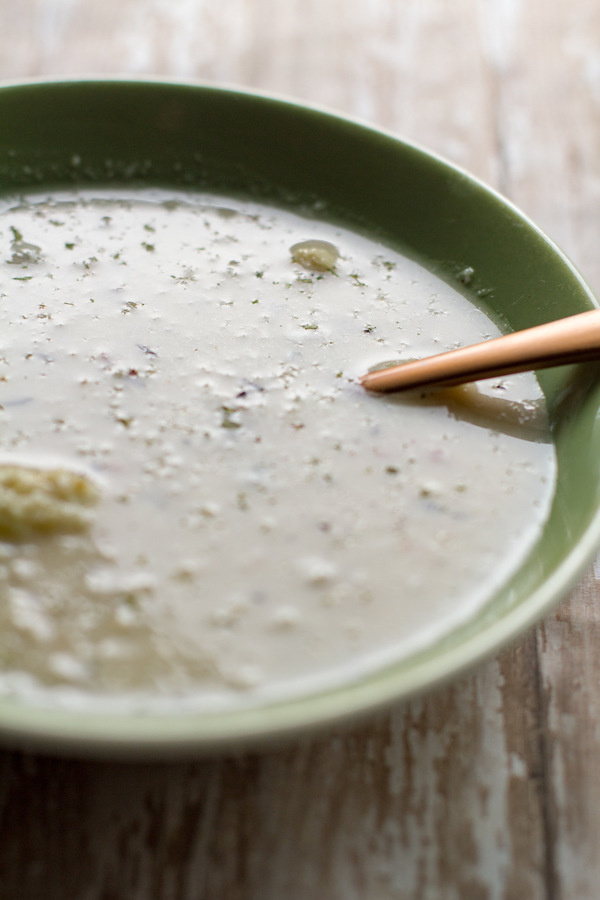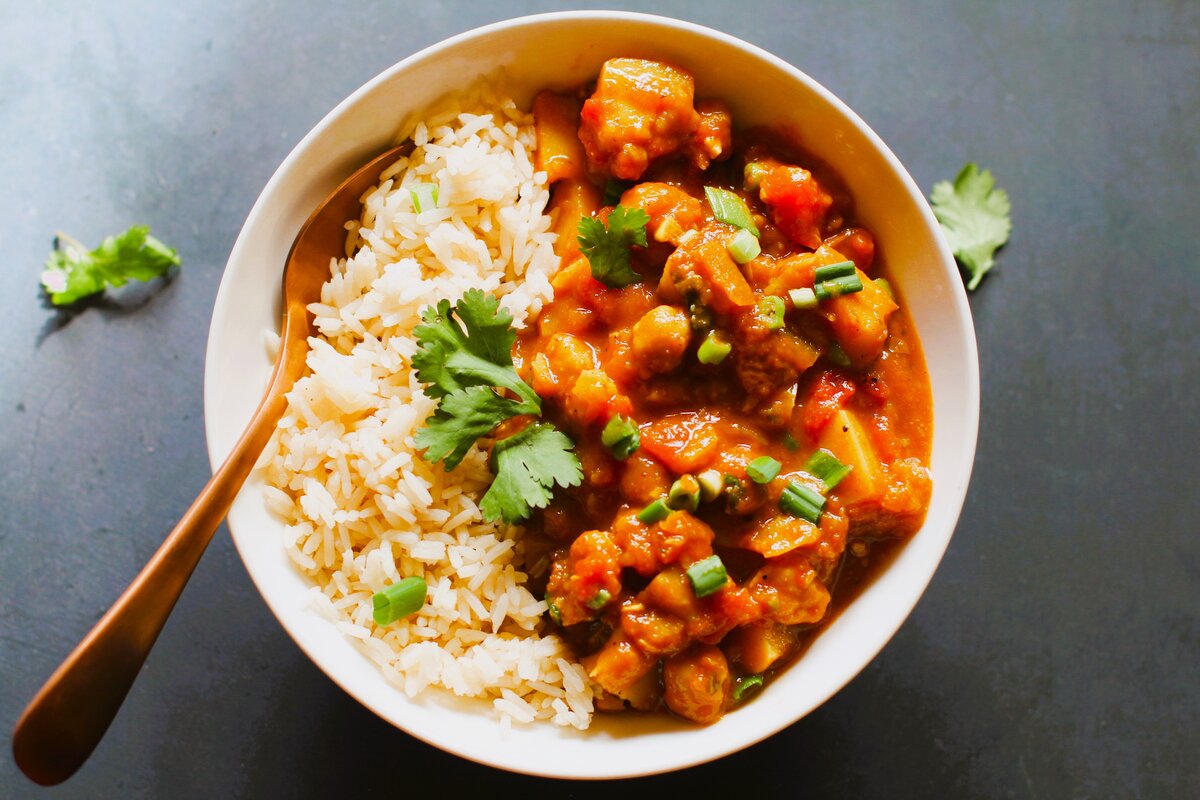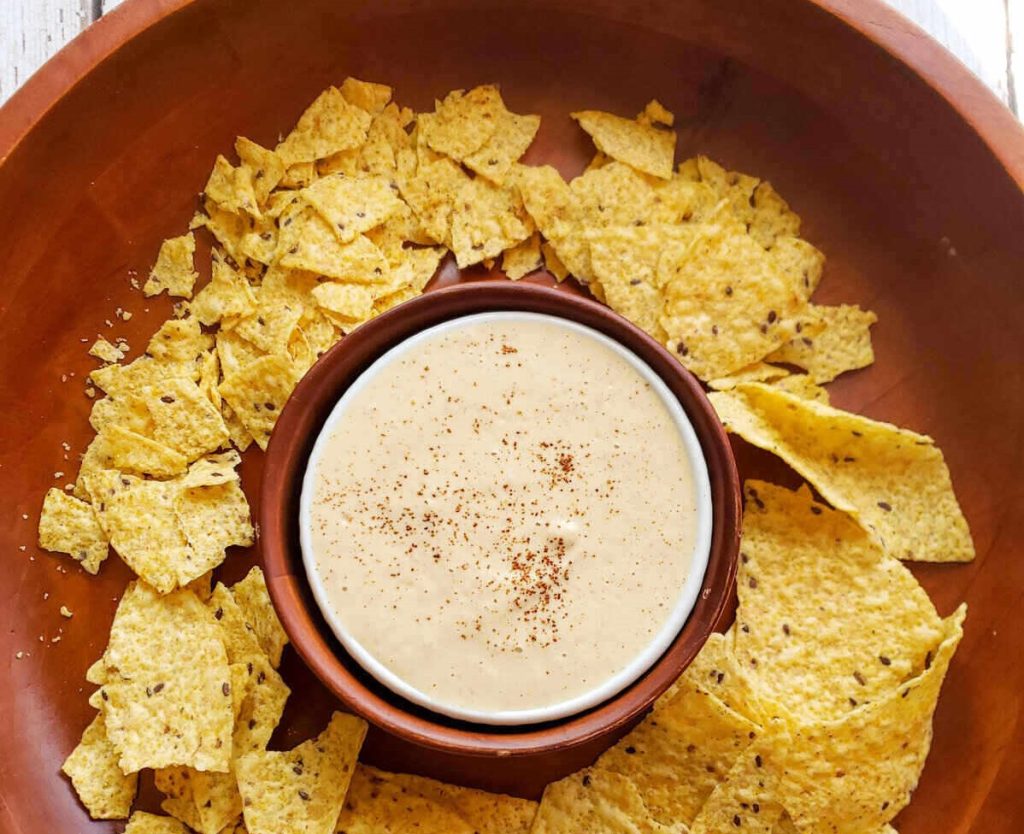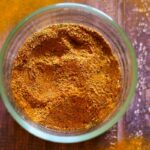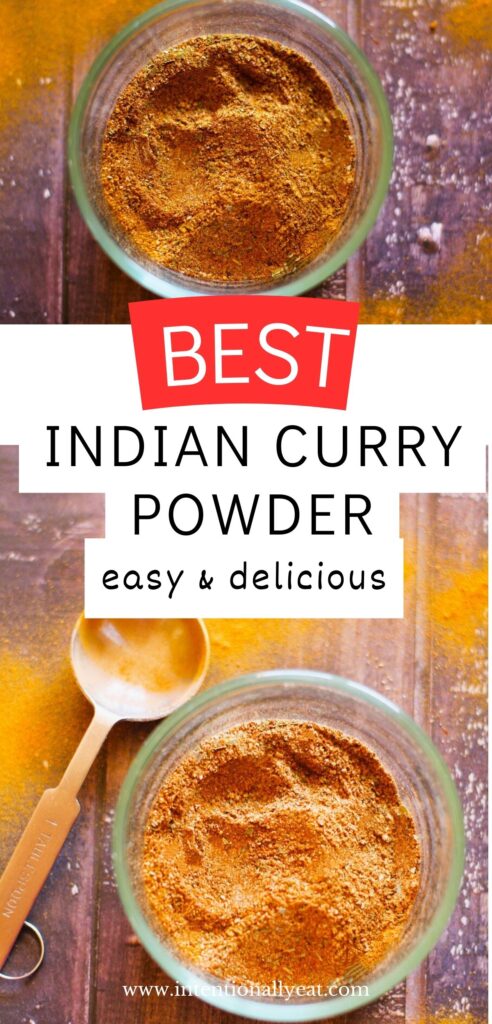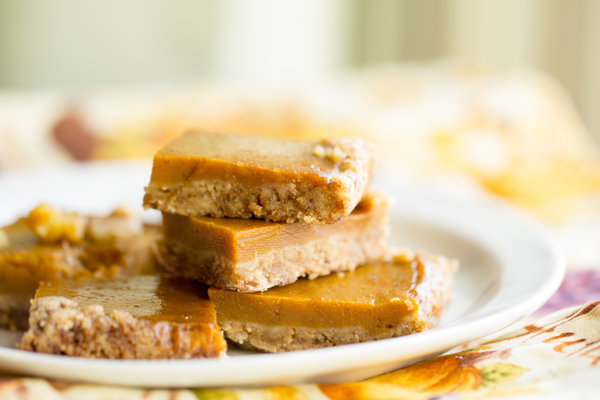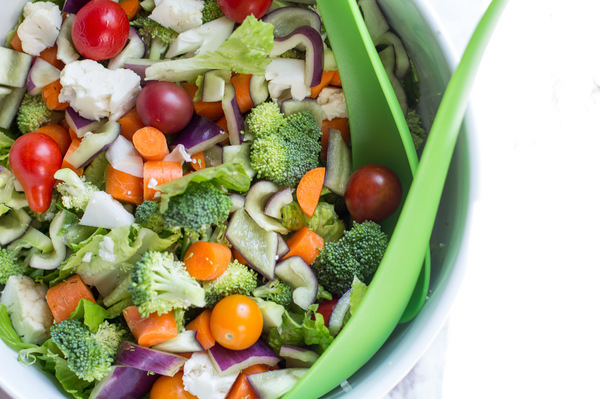How to Make Homemade Indian Curry Powder Recipe
Share and Spread Healthy Recipes!
This is the best Indian Curry Powder Recipe! This curry spice blend boasts unmatched flavor and aroma, surpassing store-bought ones. This easy homemade curry powder recipe will take your curries, sauces, and soups to the next level.
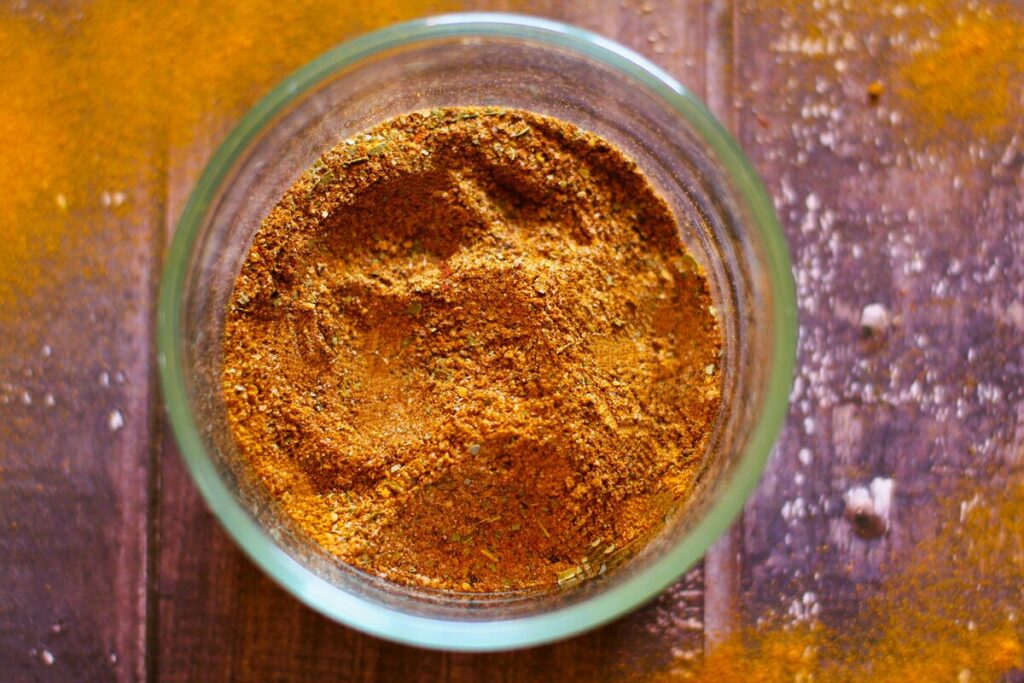

This versatile spice blend adds great depth of flavor and complexity to many dishes besides Indian food. You can add it to soups, stews, rice, roasted vegetables, as well as, many other dishes.
Reader Review of Homemade Indian Curry Powder Recipe
It’s a wonderful blend! It’s my favorite recipe for curry powder! So much better than store-bought blends. – Dave
Why This is the Best Curry Powder Recipe
- Tailored Flavor: This is one of the best homemade spice blends because it allows you to customize the flavor to suit your tastes. You can make your own special blend with low heat, medium heat, or high heat by adding more or less cayenne pepper or red pepper flakes.
- Peak Freshness: You can use the freshest spices in your own curry blends which guarantees a vibrant and robust flavor surpassing commercial curry powders.
- All-Natural Goodness: Unlike some pre-made spice blends, this curry seasoning contains no additives or preservatives, offering a clean and pure taste for a good curry.
Custom Meal Plan for Weight Loss
Discover the magic of our 1,500-calorie vegan meal plan – a custom meal plan for weight loss designed to make your health goals a delicious reality.
Before I lost 125 pounds I never had Indian cuisine. I wasn’t a very adventurous eater, just a big junk food junkie. Now that I have lost weight I love trying new foods and cooking Indian curries. I crafted this seasoning blend with a moderate level of heat, allowing you to adjust the spiciness to your liking.
I use it on popcorn, cauliflower wings, and especially curry dishes! This basic curry powder recipe is a game-changer if you care about food additives. By creating your own seasonings, you can have complete control over what goes into it, avoiding excessive salt and preservatives commonly found in packaged seasoning.
Plus, with this spice blend you can customize it to suit your taste preferences, making it milder or spicier, and even adjusting the salt content.
If you want to create more of your own spice blends, check these out.
Homemade Spice Blends
Snack Smart!
Grab your FREE Plant-Based Snacks, Smoothies, & Desserts mini-cookbook now!
List of ingredients for Indian Curry Powder Recipe
You can find the full recipe card including ingredient quantities, full step-by-step instructions, and nutritional information below.
You can use whole seeds and a spice grinder to make them into powder form or use already ground spices.
- Ground Turmeric
- Ground Cumin or Cumin Seeds
- Ground Coriander or Coriander Seeds
- Ground Ginger
- Ground Cloves
- Cinnamon
- Dry Mustard
- Ground Black Pepper or Black Peppercorns
- Ground Fenugreek or Fenugreek Seeds
- Ground Cardamom
- Cayenne Pepper – as much or little as you desire
- Red Pepper Flakes
How to make this Homemade Indian Curry Powder Recipe
Place all of the spices into a spice grinder and blend until it reaches a fine powder.
Healthy Habits Jumpstart
The Healthy Habits Jumpstart: 5-Day Weight Loss Plan will take you from where you are to where you want to be—on your way to living your healthiest life.
FAQ’s
What are the health benefits of curry powder?
Curry powder is a versatile spice blend that offers a range of potential health benefits due to its various ingredients.
Turmeric, a primary component of curry powder, contains curcumin, a compound with powerful anti-inflammatory and antioxidant properties. Studies suggest that curcumin may help reduce inflammation, combat oxidative stress, and contribute to overall health.
Another common ingredient in curry powder is cumin, which is rich in antioxidants and has been linked to improved digestion, reduced cholesterol levels, and potential benefits for weight loss.
Coriander, found in many curry powder blends, is a good source of dietary fiber, iron, and magnesium. It may aid in lowering blood sugar levels, promoting digestion, and possesses antimicrobial properties.
Cayenne pepper, often included for heat, contains capsaicin, known for potentially boosting metabolism, reducing hunger, and lowering blood pressure.
Cinnamon, another component, is recognized for its anti-inflammatory and antioxidant properties. It may help regulate blood sugar levels, promote heart health, and has antimicrobial benefits.
Ginger, commonly found in curry powders, has anti-inflammatory and antioxidant effects. It may assist with nausea, digestion, and reducing muscle pain.
Cloves, rich in antioxidants, offer anti-inflammatory properties and may improve digestion, protect against cancer, and support oral health.
Black pepper, with its piperine content, enhances nutrient absorption, provides antioxidants, and has anti-inflammatory properties.
Cardamom, included in some curry powder blends, is known for its potential to improve digestion, freshen breath, and offer antioxidant benefits.
Fenugreek seeds, also found in curry powder, may aid digestion, reduce inflammation, and have potential benefits for heart health.
Lastly, mustard seeds, often a component of curry powder, provide selenium which is important for thyroid function and may possess anti-inflammatory properties.
While curry powder can be a flavorful addition to dishes and a way to incorporate these beneficial spices into your diet, the health benefits will vary based on the specific blend and quantity consumed. Curry powder can contribute to overall well-being as a part of a balanced diet and healthy lifestyle. You will love it in this aubergine curry or this air fryer samosa.
The Plant-Based Starter Kit
The Starter Kit for Plant-Based Diet includes all of the resources you need so you can begin reclaiming your health today.
How to use curry powder
Here are several ways to use curry powder in your cooking:
- Curry Dishes: The most obvious use for curry powder is in curry dishes! Use it as the main spice blend for traditional Indian curries, such as this potato curry, vegetable curry, or lentil curry. You can customize the flavor by adjusting the amount of curry powder to your taste.
- Soups and Stews: Add curry powder to soups and stews for a flavorful twist. It works well in tomato soup, lentil soup, this cauliflower chowder, or even in a creamy coconut curry soup.
- Rice and Grains: Mix curry powder into rice dishes such as pilaf, plain rice, or fried rice for a flavorful boost. It can also be added to quinoa, couscous, or other grains to create a delicious side dish.
- Roasted Vegetables: Sprinkle curry powder over vegetables before roasting them. This adds a warm and aromatic flavor that pairs beautifully with the caramelized sweetness of roasted veggies like this roasted vegetable recipe or cauliflower, sweet potatoes, or Brussels sprouts.
- Egg-less Dishes: Use curry powder when making tofu scramble or this vegan quiche. It adds a spicy kick and enhances the overall flavor of the dish.
- Marinades and Rubs: Create a marinade with curry powder for tofu, seitan, or vegetables before grilling or baking. It adds depth of flavor and a beautiful color to the dish.
- Salad Dressings: Mix curry powder into homemade salad dressings for a unique and flavorful twist. It pairs particularly well with creamy dressings or vinaigrettes, especially those used in grain salads or roasted vegetable salads.
- Dips and Sauces: Stir curry powder into non-dairy yogurt or non-dairy sour cream for a quick and easy dip. It also works well as creamy curry sauce for pasta or vegetables.
- Popcorn Seasoning: Sprinkle a bit of curry powder over popcorn for a spicy and savory snack.
- Baked Goods: Get creative and use curry powder in baked goods like savory muffins, bread, or scones. It adds an unexpected twist to traditional recipes.
These are just a few ideas to get you started, but the possibilities are endless when it comes to using curry powder in your cooking. It’s a versatile spice blend that can add depth and complexity to a wide range of dishes.
Best way to store this curry powder recipe
If you’ve made your own homemade spice blend and want to store it for future use, here are some general guidelines:
- Airtight Container:
- Store the Indian curry powder recipe in an airtight container. This helps prevent exposure to air and moisture, which can compromise the quality and flavor of the spices.
- Cool, Dark Place:
- Keep the container in a cool, dark place away from direct sunlight and heat. Exposure to light and heat can cause the spice mixture to lose its potency more quickly.
- Avoid Humidity:
- Moisture can lead to clumping and can affect the quality of the substitute. Store the container in a dry place to avoid humidity.
- Labeling:
- Label the container with the date of preparation or purchase. This helps you keep track of its freshness and ensures you use it within a reasonable timeframe.
- Check for Spoilage:
- Periodically check the substitute for any signs of spoilage, such as changes in color, texture, or aroma. If it smells off or looks discolored, it may be time to replace it.
- Refrigeration (Optional):
- While many spice blends don’t require refrigeration, if you live in a humid environment, you might choose to store it in the refrigerator to extend its shelf life.
Remember that the shelf life of a spice blend depends on the freshness of the individual spices. Ground spices tend to lose their flavor more quickly than whole spices, so it’s a good idea to make smaller batches or check and refresh your spice blends periodically.
For more info regarding food safety, click here.
If you want another idea for a substitute for curry powder in recipe check out these 10 substitutions.
Recipes to Which You Can Add This Curry Powder Recipe
Recipe
If you like this recipe remember to leave a 5 star rating and let me know how it went in the below comments, I love hearing from you! You can also FOLLOW ME on FACEBOOK, INSTAGRAM, and PINTEREST to see all my delicious recipes.
Homemade Indian Curry Powder Recipe
Ingredients
- 3 Tbsp turmeric
- 2 Tbsp ground cumin 2 1/2 Tbsp cumin seeds
- 2 Tbsp ground coriander 3 1/2 Tbsp coriander seeds
- 2 tsp ground ginger
- 1 tsp ground cinnamon
- 1 tsp dry mustard 1 tsp mustard seeds
- 1 tsp ground fenugreek 1 1/2 tsp fenugreek seeds
- 1/2 tsp ground black pepper 1/2 tsp black peppercorns
- 1/2 tsp ground cardamom
- 1/4 tsp ground cloves
- 1/8 tsp cayenne pepper
- 1 pinch red pepper flakes
Hot Curry Powder
- 1 tsp cayenne pepper
- 1 tsp red pepper flakes
Instructions
- Add all ingredients to a spice blender and blend until it reaches a fine powder.
- Transfer the Indian Curry Powder recipe to an airtight container or a Mason jar. Enjoy!
Notes
Nutrition
Pin this for later
Disclaimer: Please note that I am not a medical professional. The information provided on this blog is based on my personal experiences and research as a vegan recipe enthusiast. While I strive to provide accurate and up-to-date information, it is important to consult with a qualified healthcare professional or a registered dietitian before making any significant changes to your diet, especially if you have any underlying health conditions or concerns. The recipes and tips shared on this blog are meant for general informational purposes and should not be considered a substitute for professional medical advice. Always prioritize your health and well-being by seeking personalized guidance from a qualified healthcare provider.
